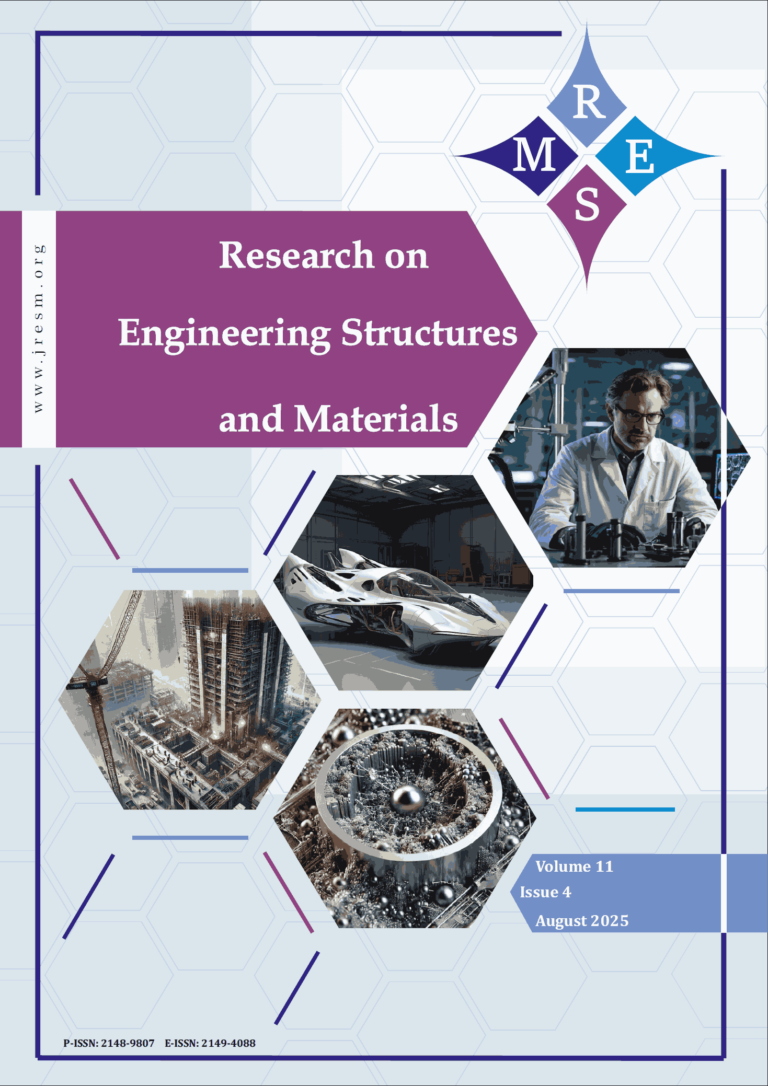Cold-formed steel (CFS) is widely used in commercial construction due to its structural efficiency, achieved through cold-bending processes, and its adaptability to various prefabricated geometries. However, the introduction of web openings, commonly incorporated for practical purposes such as service integration, can significantly influence the structural performance of CFS columns under axial compression. This study investigates the experimental and analytical behavior of CFS lipped channel columns with web holes, focusing on the effects of hole shape (circular and rectangular) and the number of holes (0, 1, 2, and 3) positioned at equal intervals along the column length. All specimens, fabricated from 2 mm thick channel sections, were subjected to axial compression to evaluate their load-deflection and load-strain responses. The results reveal that web holes affect the load-carrying capacity, with circular holes demonstrating superior performance compared to rectangular ones. Local inward buckling of the web and outward buckling of the flanges were prominent near the web hole regions, particularly for rectangular holes. Finite Element Analysis (FEA) models showed excellent agreement with experimental results, with deviations of less than 4%, validating their predictive accuracy. A comparative evaluation of design codes, including AISI, BS 5950, and Eurocode, highlighted that BS 5950 closely aligns with experimental findings, attributed to its detailed consideration of local buckling effects and conservative safety factors. This study provides valuable insights into the structural behavior of CFS columns with web holes, offering guidance for their design and application.
